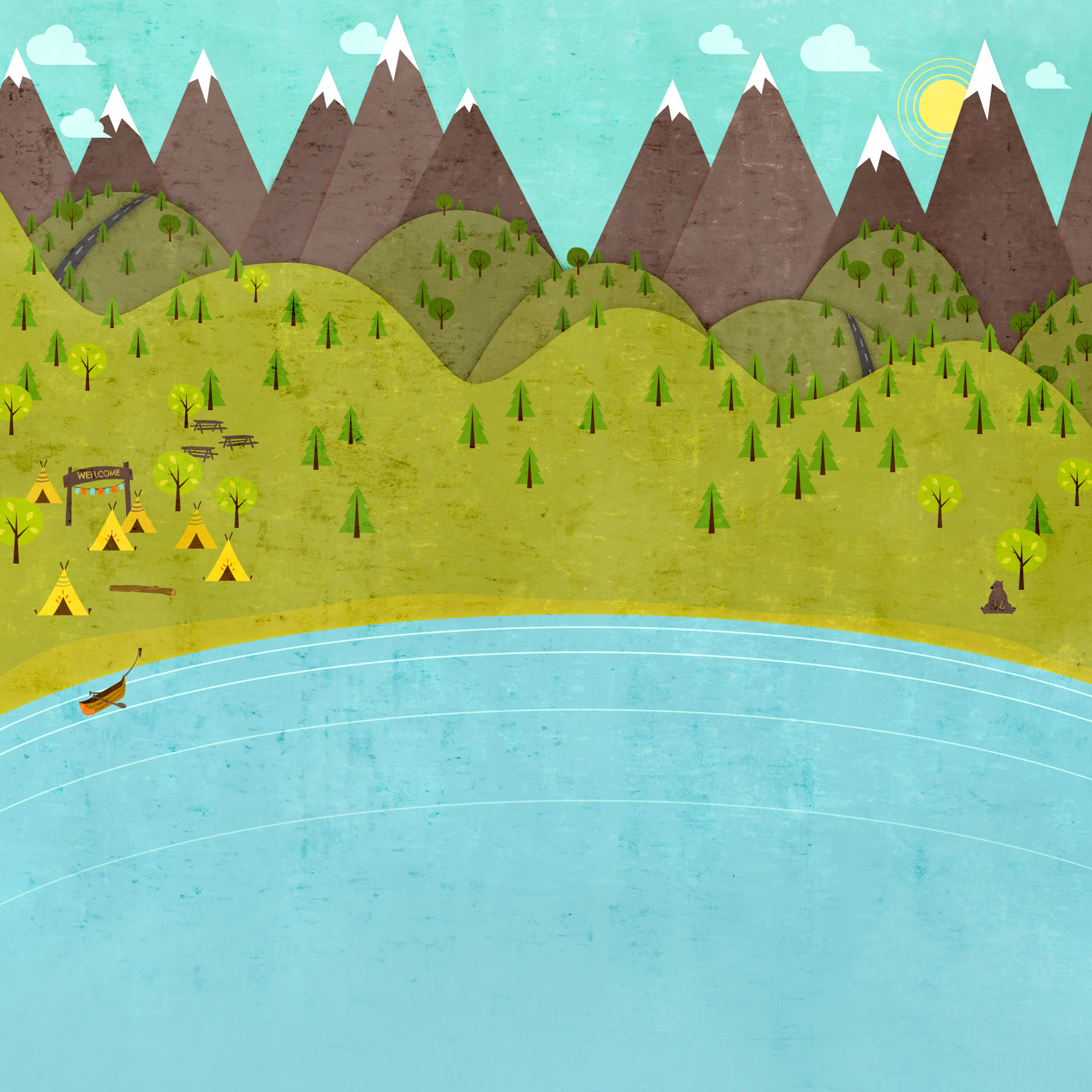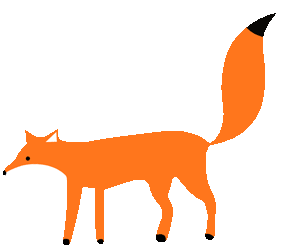
Arts Education

Orff Approach
"Carl Orff’s approach to music education is based on the premise that feeling precedes intellectual understanding." (Phillips, 2013), this meaning that infants who are unable to speak and communication through writing are able to express themselves through music, and their bodies own rhythm Orff uses this effectively through a list of objectives,
• To use speech and movement natural to the child as the
springboard for musical experiences.
• To give an immediacy of enjoyment and meaning to the child
through active participation in all experiences.
• To encourage the feeling that speech and movement, play and
song are one.
• To give a completely physical, non-intellectual background in
rhythm and melody, thus laying the foundation of experience so
necessary to a later understanding of music and musical
notation.
• To give experience in the component parts of the basic
elements of music: in rhythmic experiences, by beginning with
the rhythmic pattern of a word, then two words gradually
building in complexity into the phrase and period; in melodic experiences, by beginning with the natural chant of childhood
(the falling minor third s-m), gradually adding other tones of the
pentatonic scale, tones of other modes, and finally the major
and then minor scales.
• To cultivate the musical imagination – both rhythmic and
melodic – and thus to develop the creative ability to improvise.
• To cultivate individual creativity as well as a feeling for, and the
ability to participate in, ensemble activities. (Phillips, 2013)
Orff also offers a range of instruments that shoul be used by the children to accompany their voices, Alto Xylophone, Sixteen and twenty inch Timpani, Soprano Xylophone Alto Metallophone, Soprano Glockenspiel, Bass Xylophone, Soprano Metallophone and Bass Metallophone (Phillips, 2013). By using these various instuments to accompany a child's learning, the children will also be able to grow further in musical knowledge, and be confident when handling instruments.
By undertaking a lesson using the Orff approach, some key concepts learnt are rhythm, melody, harmony, texture, form, and may involve other elements of music. These concepts are learnt through chanting, singing, movement an playing with instruments an will assist in future learning with improvisation or composing their own music. (About, 2013)

What is it?
The Orff approach will be used in my future classroom as it allows children to be the centre of attention, where the instruments are used to accompany them. Orff also assists with learning the musical elements, and by using lessons surrounding Orff, musical elements can be further explored with the children. One particular objective I enjoyed by Orff is "to encourage the feeling that speech and movement, play and song are one" (Phillips, YEAR), this seemed very important to me, as children should be encouraged to express themselves how ever they see fit.

How can it be used?
Key Terms
COMMUNICATION
the impating or interchange of thoughts, opinions or information by speech, writing or signs.
MELODY
musical sounds in agreeable succession or arrangements.
INSTRUMENTS
any of various devices or contrivances that can be used to produce muscial tones or sounds.
SONG
a short metrical compostion intended or adapted for singing.

